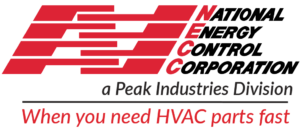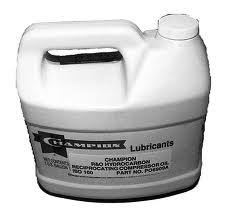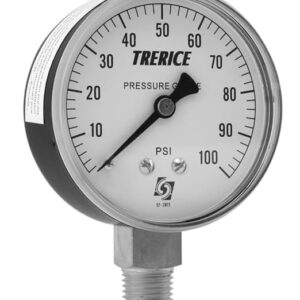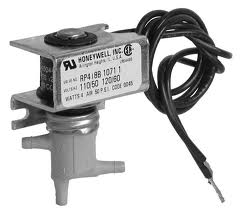Precision Pneumatic Solutions for Contractors & Facility Teams
Reliable, Ready-to-Ship Pneumatic HVAC Controls
Pneuline Controls specializes in high-quality, privately branded pneumatic controls, installation accessories, tools, and calibration kits designed to keep your building systems running smoothly. Our calibration tool kits and fittings are priced more competitively than all other comparable kits and full of the most needed tools and accessories.
Trusted by thousands of contractors, maintenance teams, and building engineers nationwide.
Why Choose Pneuline Controls®?
- Direct Replacement Parts – Compatible with leading brands like Honeywell, Johnson Controls, Barber-Coleman, Powers, and Robertshaw—without the markup.
- Universal Calibration Kits – Simplify maintenance and troubleshooting with our easy-to-use calibration tools.
- In-Stock & Ready to Ship – No long lead times. We stock what you need, when you need it.
- Backed by NECC Expertise – Pneuline Controls is powered by NECC—an industry leader in pneumatic control solutions and education.
Pneuline Controls was created to make it easier and more affordable for contractors and facilities to maintain pneumatic systems without relying on expensive OEM parts.
We offer a complete line of high-quality, privately branded components–designed as drop-in replacements for leading manufacturers’ parts.
What Are Pneumatic HVAC Controls?
Pneumatic HVAC controls use compressed air as the power source to operate and regulate heating, ventilation, and air conditioning (HVAC) systems. These systems have been a trusted standard in commercial and industrial buildings for decades due to their reliability, simplicity, and low operating cost.
Key Components of a pneumatic HVAC system include:
- Pneumatic Thermostats
- Actuators & Positioners
- Relays & Transducers
- Air Compressors & Dryers
- Tubing & Fittings
How Do Pneumatic HVAC Controls Work?
At the heart of the pneumatic system is a compressed air supply. Pneumatic thermostats sense temperature and adjust air pressure signals that control dampers, valves, and actuators throughout the HVAC system.
The air pressure signal typically ranges from 3 to 15 PSI, directly correlating to the control action needed, opening a damper, adjusting a valve, etc.
Common Problems in Pneumatic HVAC Systems and How to Fix Them.
“Proactive maintenance prevents hot/cold calls & wasted energy. Keep a calibration kit on every truck!”

Why Are Pneumatic Systems Still Widely Used?
Even with the rise of digital and Direct Digital Controls Systems, pneumatic controls remain popular in many facilities because:
- They are cost-effective to maintain and repair
- No electrical wiring is needed for control signals
- They are inherently fail-safe
- Many buildings have legacy systems that would cost millions to upgrade






